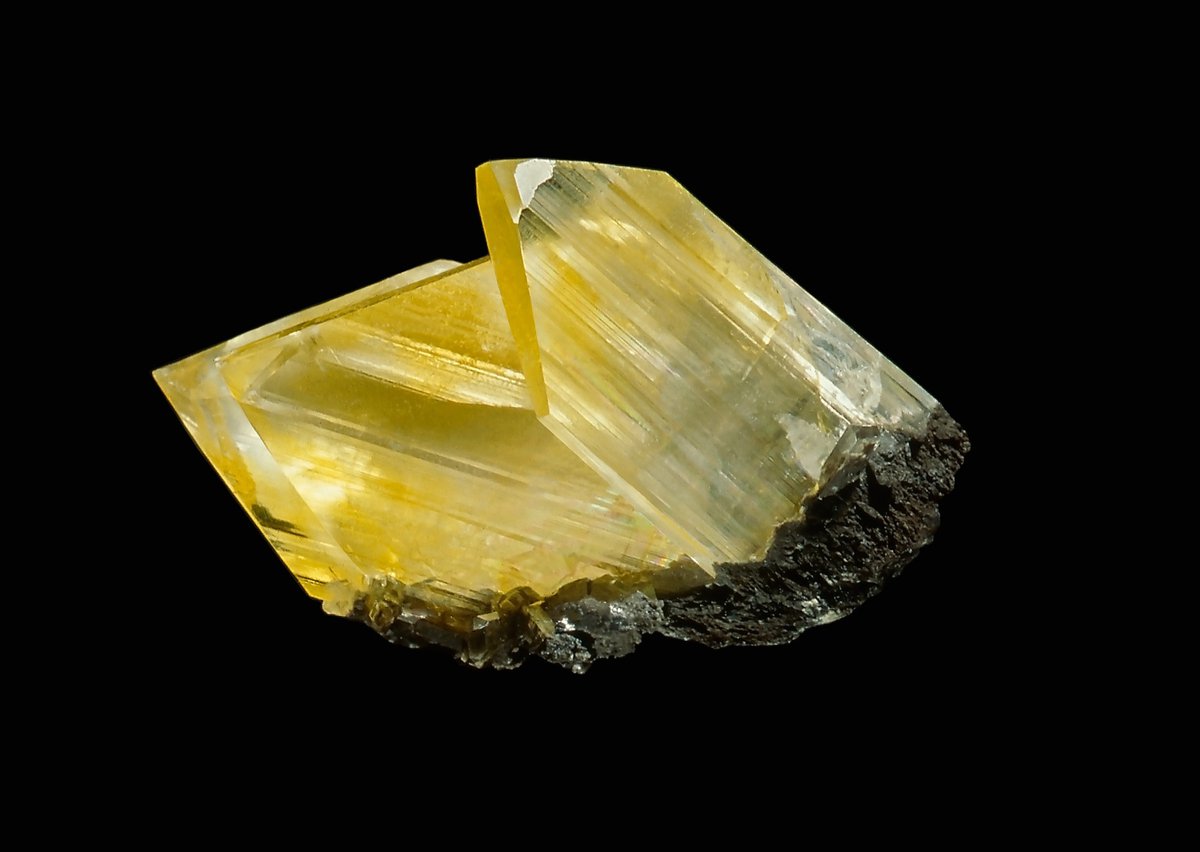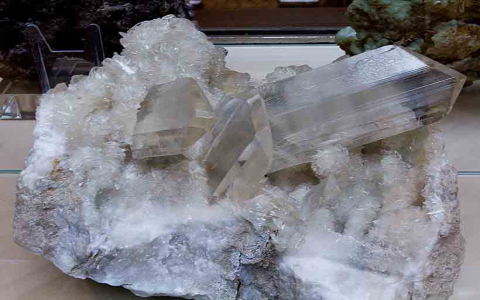Mineral dissolution refers to the process wherein solid mineral compounds break down into their constituent ions in aqueous solution. This fundamental geochemical process shapes landscapes, influences soil formation, and controls water chemistry.
Key Mechanisms of Dissolution
Chemical weathering primarily drives mineral dissolution through reactions with water and dissolved substances:
- Hydrolysis: Reaction with H⁺ or OH⁻ ions. Silicates (e.g., feldspar) commonly dissolve via hydrolysis, releasing cations and silicic acid.
- Carbonation: Interaction with carbonic acid (H₂CO₃) formed when CO₂ dissolves in water. This process rapidly dissolves carbonate minerals like calcite (CaCO₃).
- Hydration/Hydrolysis: Water molecules incorporate into the crystal lattice or directly attack mineral bonds.
- Acid Dissolution: Direct reaction with strong acids (e.g., sulfuric acid) generated naturally or anthropogenically.
Factors Controlling Dissolution Rates
The rate at which minerals dissolve away is governed by:

- Solution Chemistry: Lower pH (higher acidity) generally accelerates dissolution. Existing ion concentrations influence saturation state.
- Temperature: Higher temperature significantly increases dissolution kinetics for most minerals.
- Mineral Composition: Minerals vary greatly in solubility. Halite (NaCl) dissolves rapidly; quartz (SiO₂) dissolves extremely slowly under surface conditions.
- Surface Area & Flow Rate: Greater exposed surface area and solution flow rates enhance dissolution by removing ions and supplying reactants.
Geological and Environmental Significance
Dissolution profoundly impacts Earth systems:
- Generates soluble ions essential for biogeochemical cycles (Ca²⁺, Mg²⁺, Na⁺, K⁺, HCO₃⁻).
- Creates karst topography (caves, sinkholes) from dissolution of carbonate rocks or evaporites.
- Controls nutrient availability in soils and influences pH buffering capacity.
- Determines the hardness and chemical composition of groundwater and surface water.
- Facilitates long-term carbon sequestration through silicate weathering reactions consuming atmospheric CO₂.











